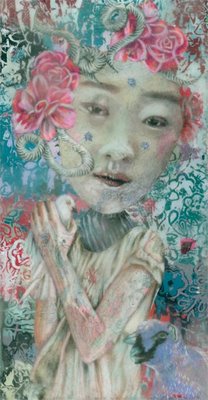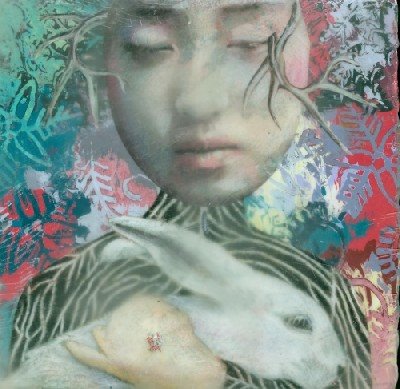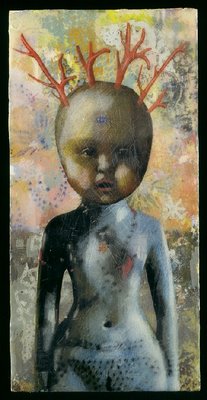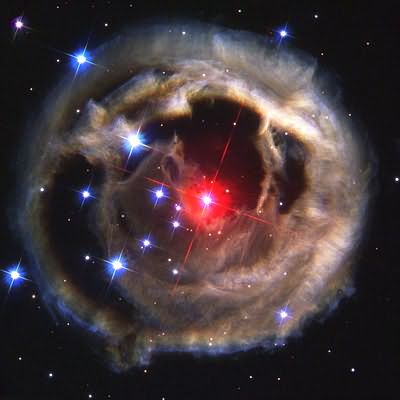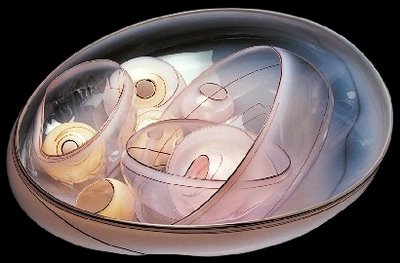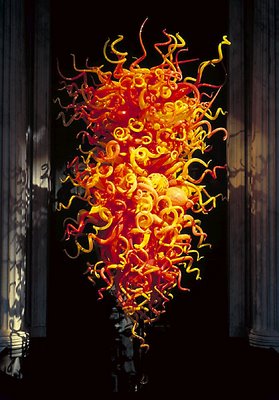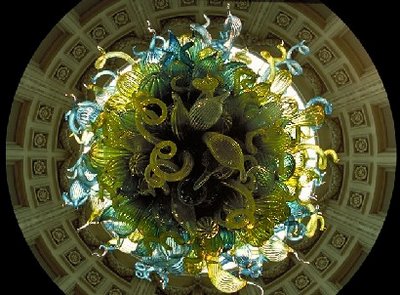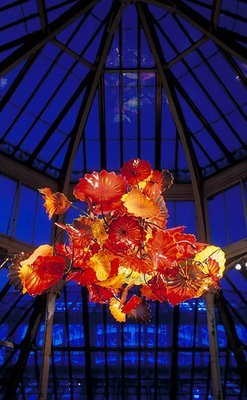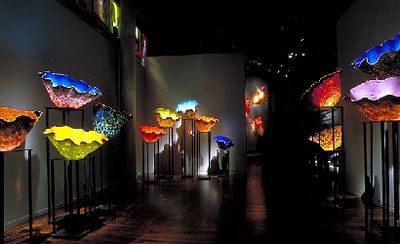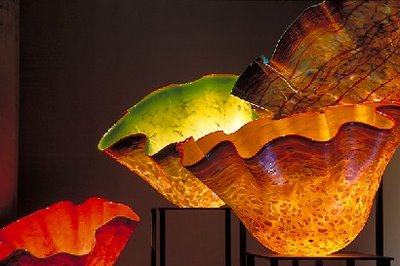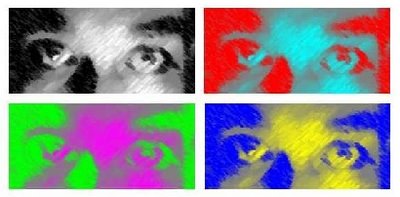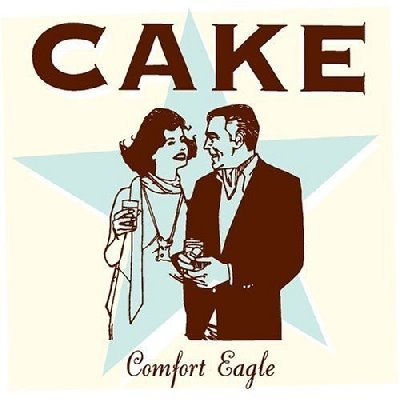
Comfort Eagle
by CAKE
We are building a religion We are building it bigger We are widening the corridors And adding more lanes We are building a religion A limited edition We are now accepting callers for the pendant key chains To resist it is useless It is useless to resist it His cigarette is burning But he never seems to ash He is grooming his poodle He is living comfort eagle You can meet at his location But you better come with cash Now his hat is on backwards He can show you his tatoos He is in the music business He is calling you "DUDE!" Now today is tomorrow And tomorrow today And yesterday is weaving in and out And the fluffy white lines That the airplane leaves behind Are drifting right in front of the waining of the moon He is handling the money He's serving the food He knows about your party He is calling you "DUDE!" Now do you believe In the one big sign The doublewide shine On the bootheels of your prime Doesn't matter if you're skinny Doesn't matter if you're fat You can dress up like a sultan In your onion head hat We are building a religion We are making a brand We're the only ones to turn to When your castles turn to sand | Take a bite of this apple Mr. Corporate Invents Take a walk through the jungle Of cardboard shanties and tents Some people drink Pepsi Some people drink Coke The wacky morning DJ Says democracy's a joke He says now do you believe In the one big song He's now accepting callers Who would like to sing along She says, do you believe In the one true edge By fastening your safety belts And stepping towards the ledge He is handling the money He is serving the food He is now accepting callers He is calling me "DUDE!" Now do you believe In the one big sign The doublewide shine On the bootheels of your prime There's no need to ask directions If you ever lose your mind We're behind you We're behind you And let us please remind you We can send a car to find you If you ever lose your way We are building a religion We are building it bigger We are building A religion A limited Edition We are now accepting callers... For these beautiful... Pendant keychains |
Visit Cake's website: http://www.cakemusic.com/
Buy Comfort Eagle





